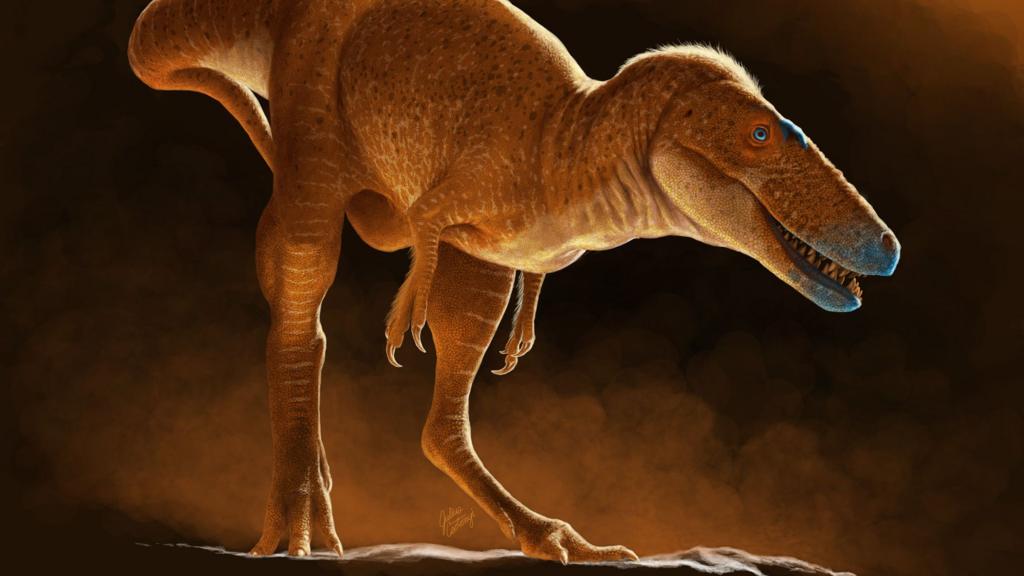Paleontologists have unearthed a new dinosaur species within a Mongolian museum’s collection, a discovery that fundamentally reshapes our understanding of tyrannosaur evolution.
Analysis of two 86-million-year-old skeletons revealed a species identified as the closest known ancestor to all tyrannosaurs, the predatory group encompassing the iconic T. rex.
The species, named Khankhuuluu mongoliensis (meaning “Dragon Prince of Mongolia”), is detailed in a recent Nature publication. This finding offers crucial insights into the tyrannosaur lineage, tracing their evolution from smaller hunters to the apex predators that dominated North America and Asia.
“‘Prince’ denotes its status as an early, smaller tyrannosauroid,” explains Professor Darla Zelenitsky, a paleontologist from the University of Calgary. Tyrannosauroids constitute the superfamily of bipedal carnivorous dinosaurs.
Early tyrannosauroids were diminutive creatures. PhD student Jared Voris, lead researcher alongside Professor Zelenitsky, notes, “They were small, agile predators living in the shadows of other apex predators.”
Khankhuuluu marks a pivotal evolutionary transition, bridging the gap between these smaller Jurassic hunters and the formidable giants like T. rex. Weighing approximately 750kg, compared to an adult T. rex’s eight times that mass, it represents a crucial transitional fossil, according to Professor Zelenitsky.
This discovery necessitates a revision of the tyrannosaur family tree and our understanding of their evolution. The species exhibits nascent features crucial to tyrannosaur dominance, including skull anatomy conducive to powerful jaws.
Voris explains, “Nasal bone features foreshadow the powerful bite force characteristic of later tyrannosaurs.” These powerful jaws enabled T. rex to hunt larger prey and even crush bone.
The two partial skeletons analyzed were discovered in Mongolia during the early 1970s, initially classified as Alectrosaurus. Voris’s re-examination revealed distinct tyrannosaur-like features, leading to the identification of a new species.
The ability of these dinosaurs to migrate between North America and Asia via land bridges connecting Siberia and Alaska fostered diversification and niche occupation, ultimately influencing tyrannosaur evolution across millions of years.
In Professor Zelenitsky’s words, “This discovery reveals that before tyrannosaurs reigned as kings, they were princes.”
The dinosaur has never been recreated to this accuracy before.
The Long Dead Stars have created a concept album reflecting on North Yorkshire’s geology and fossils.
The zoo says the puppets will “inspire” guests to think about their impact on the natural world.
The seven-metre tall sauropod sculpture – named Boom Boom – has divided local opinion.

